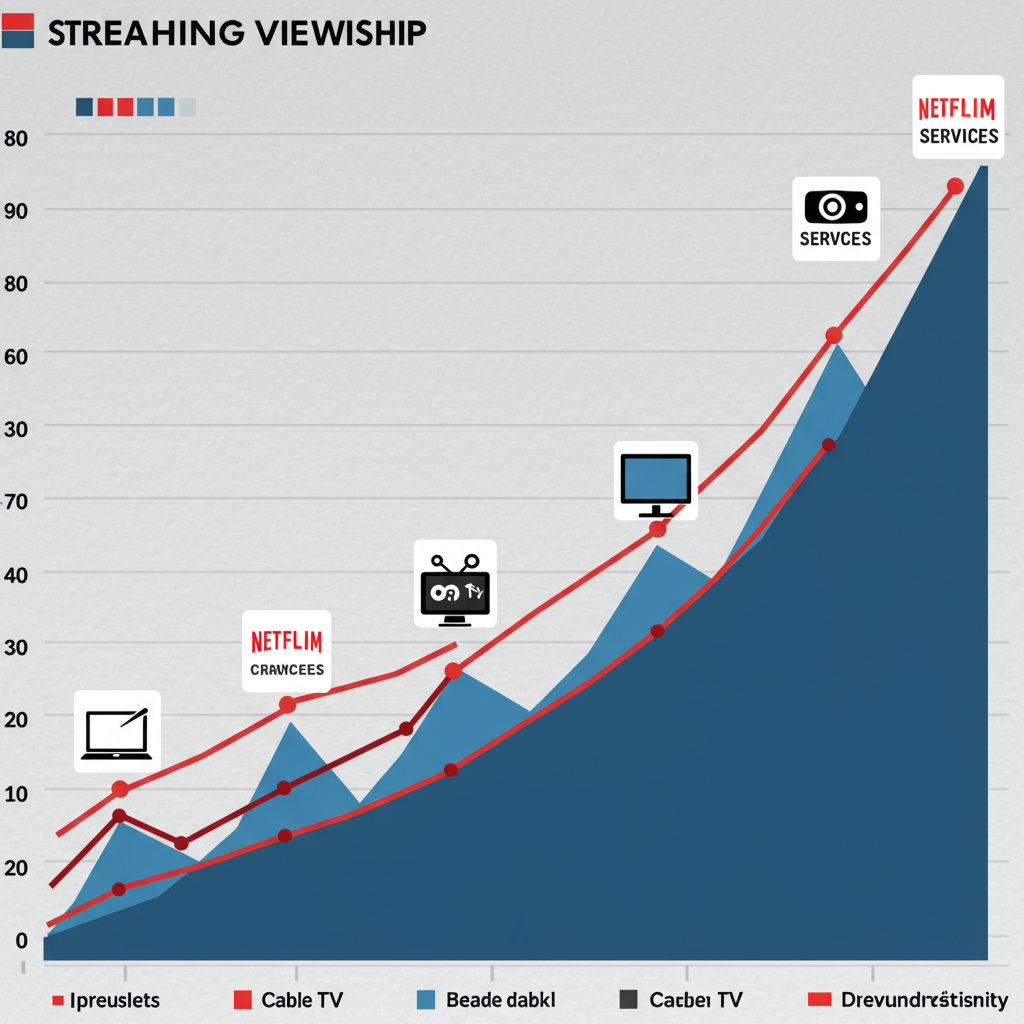Talk of a “shadow Federal Reserve chair” could signal deep threats to the central bank’s vital independence, warns financial expert Ron Insana. The very notion suggests an attempt to exert external influence over monetary policy decisions, traditionally shielded from political interference. This concern arises in a climate already marked by significant debate and political pressure surrounding the Fed’s path on interest rates amidst fluctuating economic signals.
Understanding the core role of the Federal Reserve is key. Its mandate is to foster maximum employment, stable prices, and moderate long-term interest rates. Achieving these goals often requires making unpopular decisions, such as raising rates to curb inflation, which can slow economic growth. An independent structure, where officials are appointed for long terms and aren’t easily swayed by short-term political cycles, is widely considered essential for effective monetary policy and maintaining market confidence.
Political Pressure Mounts on the Federal Reserve
The concept of a “shadow chair” emerges against a backdrop of vocal political criticism directed at the Fed. Recent periods have seen explicit frustration voiced towards Fed Chair Jerome Powell regarding interest rate levels. This highlights the ongoing tension between the central bank’s insulated role and the desires of elected officials who may prioritize different economic outcomes, particularly ahead of elections.
Sources indicate that President Trump has previously expressed discontent with Powell’s monetary policy stance. Such public pressure underscores the vulnerability of the Fed’s independence when political figures openly advocate for specific actions, like immediate rate cuts. This dynamic raises questions about the potential for informal influence to undermine the formal structure of monetary policymaking.
The Impact of External Influence
Any perceived erosion of the Fed’s independence, whether through direct appointments or informal “shadow” roles, could have significant consequences.
Risks include:
Loss of Credibility: Markets and the public trust the Fed to act based on economic data, not political expediency. Compromising this trust could destabilize expectations.
Policy Incoherence: Conflicting guidance from formal and informal channels could lead to confusion and uncertainty in financial markets.
Economic Instability: Politically motivated decisions, rather than data-driven ones, might lead to boom-bust cycles or persistent inflation if the Fed is constrained from acting appropriately.
Financial commentator Eddy Elfenbein, in his market reviews, has noted the market’s anticipation regarding Fed rate cuts, suggesting political pressure is a recognized factor. He pointed out the analyst debate on whether the Fed is being unnecessarily cautious, despite real interest rates being positive.
Navigating Mixed Economic Signals in Mid-2025
The debate over Fed policy isn’t happening in a vacuum; it’s set against complex and sometimes contradictory economic data from June 2025. The Fed is currently weighing whether inflation is sufficiently under control to warrant lowering interest rates.
Key economic data points mentioned include:
Inflation: Powell noted PCE prices rose 2.3% (total) and 2.6% (core) over the 12 months ending in May. While down from peaks, this remains above the Fed’s 2% target. Near-term inflation expectations had risen according to some surveys.
GDP: The first quarter of 2025 saw a slight contraction (-0.2%). However, forecasts like the Atlanta Fed’s GDPNow model were predicting a strong rebound (over 3%) for the second quarter.
Retail Sales: May 2025 saw a fall of 0.9% month-over-month and only a 3.3% increase year-over-year, worse than expected. Excluding autos, sales still fell 0.3%. Certain sectors like building materials and bars/restaurants showed weakness.
Housing Market: Homebuilder sentiment in June 2025 fell significantly, indicating a very weak market. Many builders reported cutting prices.
Industrial Production: Fell by 0.2% in May 2025.
These mixed signals — weak recent data contrasting with optimistic future forecasts and persistent inflation — create a challenging environment for the Fed. The timing of potential interest rate cuts is hotly debated, with market futures in June 2025 suggesting a low chance of a July cut but a high chance for September or later in the year.
Market Resilience Amidst Uncertainty
Despite geopolitical events described as a “Twelve Day War” and the domestic economic uncertainty, financial markets showed remarkable resilience in June 2025. Unlike historical reactions to conflict, the market remained relatively calm and rebounded quickly.
This market behavior, discussed in financial reviews, occurred even as:
Anticipated spikes in oil prices due to conflict did not happen; prices fell.
The Volatility Index remained relatively low compared to prior periods of tension.
The market’s calm stance perhaps reflects a belief in the underlying strength of the economy’s future performance (as suggested by Q2 GDP forecasts) or confidence, despite political noise, that the Fed will eventually navigate towards rate cuts. However, the potential for a “shadow Fed chair” adds a layer of unpredictable political risk that could test this resilience.
The Stakes for Economic Stability
The health of the US economy and the stability of financial markets are deeply intertwined with the Federal Reserve’s ability to conduct monetary policy free from undue pressure. A “shadow chair,” or any mechanism perceived to give political figures informal control, could complicate the Fed’s efforts. It risks prioritizing short-term political gains over the long-term economic health that requires consistent, data-driven policy.
Financial theory suggests that clear, predictable monetary policy helps different sectors of the market function effectively. Uncertainty introduced by political interference could disrupt this, potentially leading investors to seek safer, less productive assets or misprice risk. The concerns raised by experts like Ron Insana highlight that the threat extends beyond the Fed’s institutional autonomy; it poses a risk to the predictable framework necessary for economic growth and stability.
Frequently Asked Questions
What does a “shadow Fed chair” mean and why is it a risk to Fed independence?
A “shadow Fed chair” refers to the idea of a political figure or their appointed advisor exerting significant informal influence over the Federal Reserve’s decisions outside the official structure. This is risky because the Fed’s independence, protected by long terms for governors and insulation from daily political pressure, is crucial for setting monetary policy (like interest rates) based on economic data, not short-term political goals. Undermining this independence could lead to poor policy decisions, loss of market confidence, and economic instability.
How does political pressure influence Federal Reserve decisions?
Political pressure on the Federal Reserve typically involves elected officials publicly criticizing Fed policies or advocating for specific actions, such as lowering interest rates to stimulate the economy. While the Fed is legally independent, persistent public pressure can create a challenging environment for policymakers and potentially impact market perceptions or even subtly influence decision-making, even if indirectly, by increasing scrutiny or creating a less favorable political climate for the central bank.
What does current economic data (like GDP, retail sales) suggest about the likelihood of a Fed rate cut?
Economic data from mid-2025 presented a mixed picture, which complicates the rate cut outlook. While weak reports on retail sales, housing sentiment, and industrial production suggest the economy might be slowing, supporting the case for cuts, persistent inflation still slightly above the Fed’s target and forecasts for strong second-quarter GDP growth argued against immediate action. Market expectations in June 2025 favored a rate cut later in the year (likely September or beyond) rather than imminently, reflecting the cautious stance necessary given these conflicting signals.
The debate surrounding a “shadow Fed chair” underscores the delicate balance the Federal Reserve maintains. Its ability to make independent decisions, guided by economic data rather than political whims, is fundamental to its effectiveness and the stability of the broader economy. The concerns raised serve as a reminder of the institutional safeguards necessary to protect this critical function.


